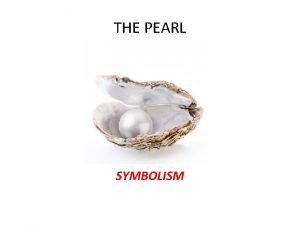CLINICAL TIPS AND PEARLS Clinical Tips and Pearls




- Slides: 4

CLINICAL TIPS AND PEARLS

Clinical Tips and Pearls • • • The most common type of chest pain is from myocardial infarction. The most common type of abdominal pain is urinary colic. Visceral pain emanates from internal organs. Visceral pain is poorly localized and can be referred somatically. Visceral pain can be caused by stretching, hypoxia, or inflammation. Visceral pain is usually nociceptive only, but can be mixed pain with neuropathic components. • Pain hypersensitivity is the dominant feature of visceral pain. • Use a multimodal approach to clinical assessment and with attention to red flags and consideration of psychological and physical symptoms. – Focus should be placed on determining the possible cause of the underlying pain.

Clinical Tips and Pearls • Psychological assessment is important in the investigation of visceral pain. • Visceral pain may be accompanied by autonomic features. Always look for autonomic symptoms. • Visceral pain is associated with a number of comorbidities. • Visceral pain has a negative impact on a patient’s quality of life. • Acute abdominal pain could be due to zona with radiating pain. • Treatment of visceral pain should be pain and disease specific. • Chronic visceral pain should always be treated using a multidimensional approach. • There are no standard approaches for the management of visceral pain. – Effective management may include a combination of pharmacological and non-pharmacological treatments.

Clinical Tips and Pearls • Use tricyclic antidepressants and opioids with caution in patients with irritable bowel syndrome (IBS). • Acute visceral pain occurs with surgery. • Treat the pain, and don’t hesitate to refer the patient to a pain specialist.







